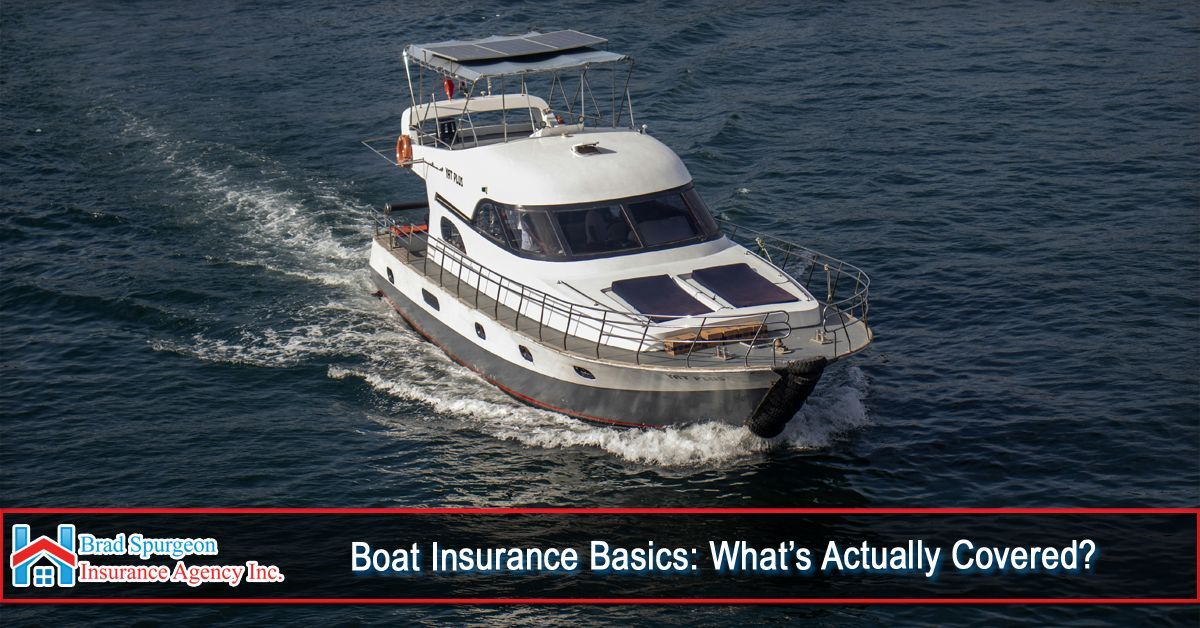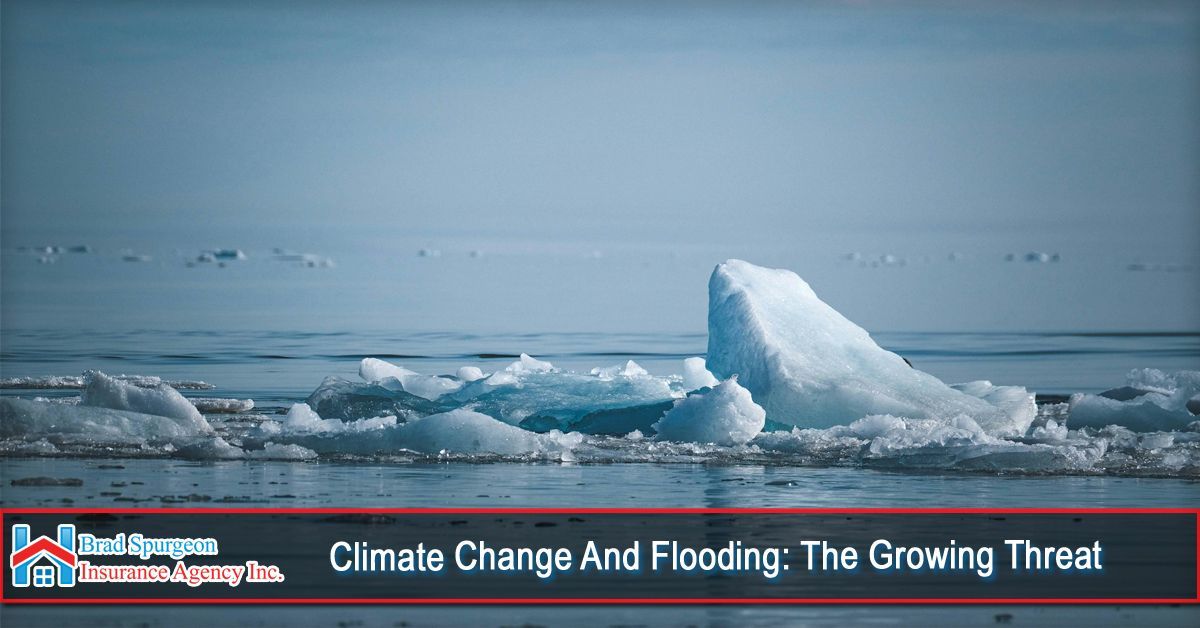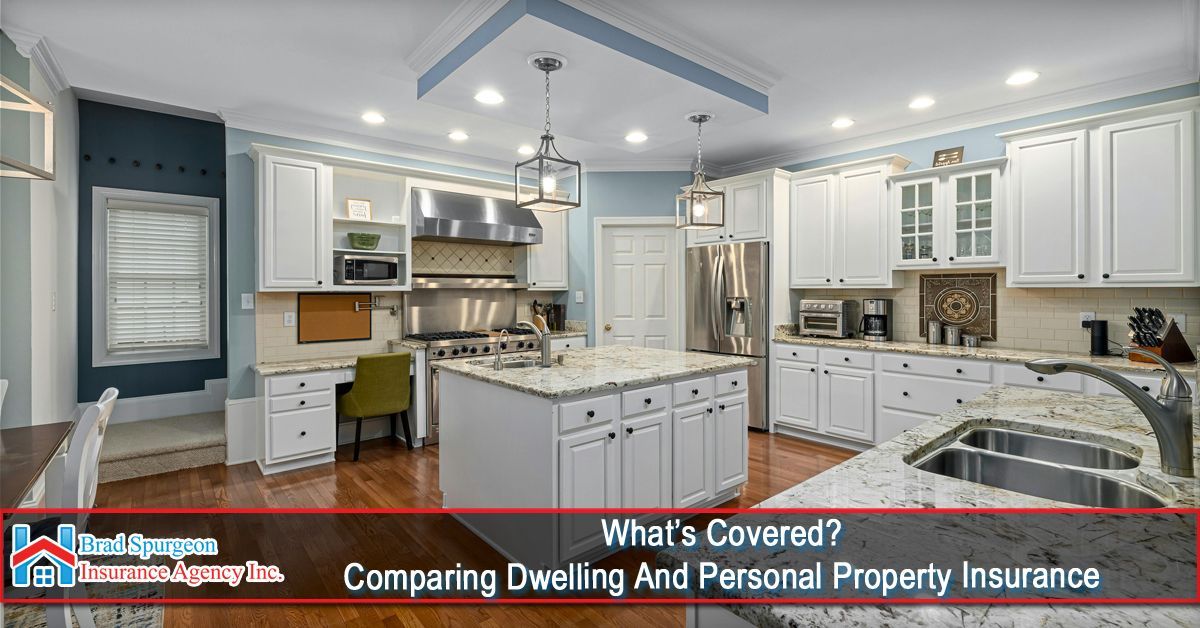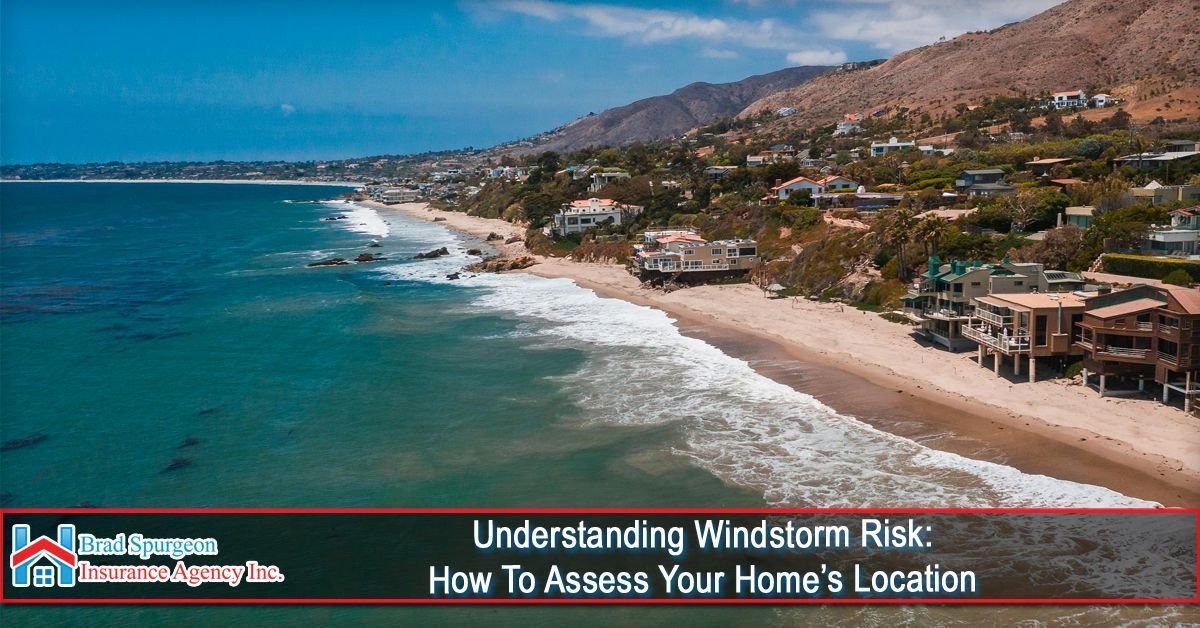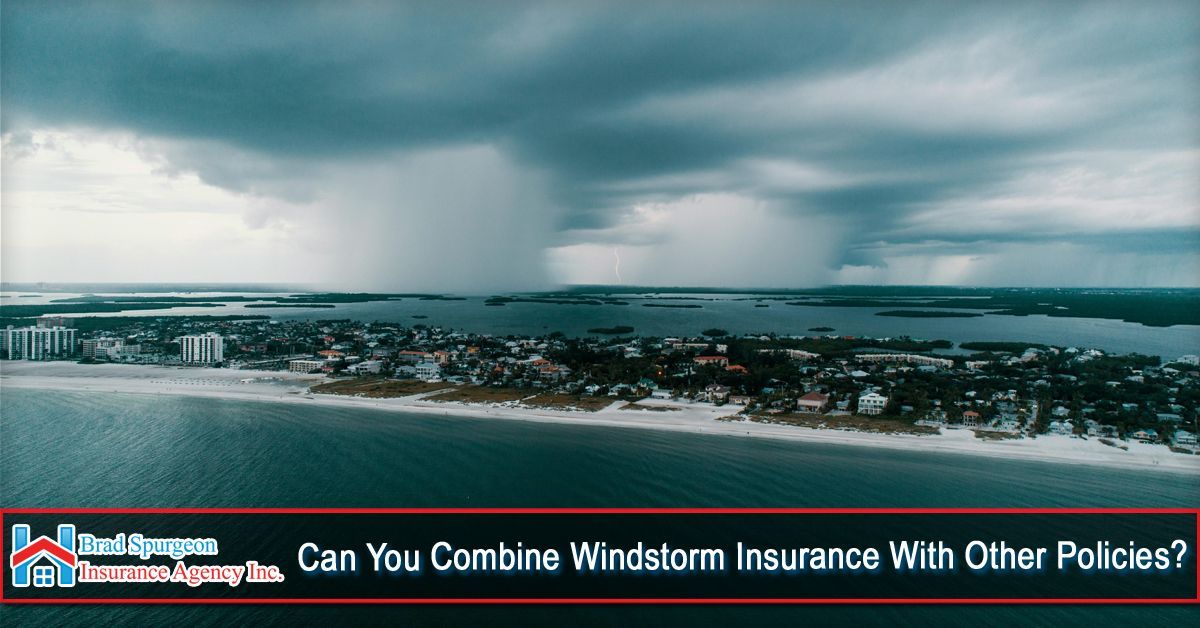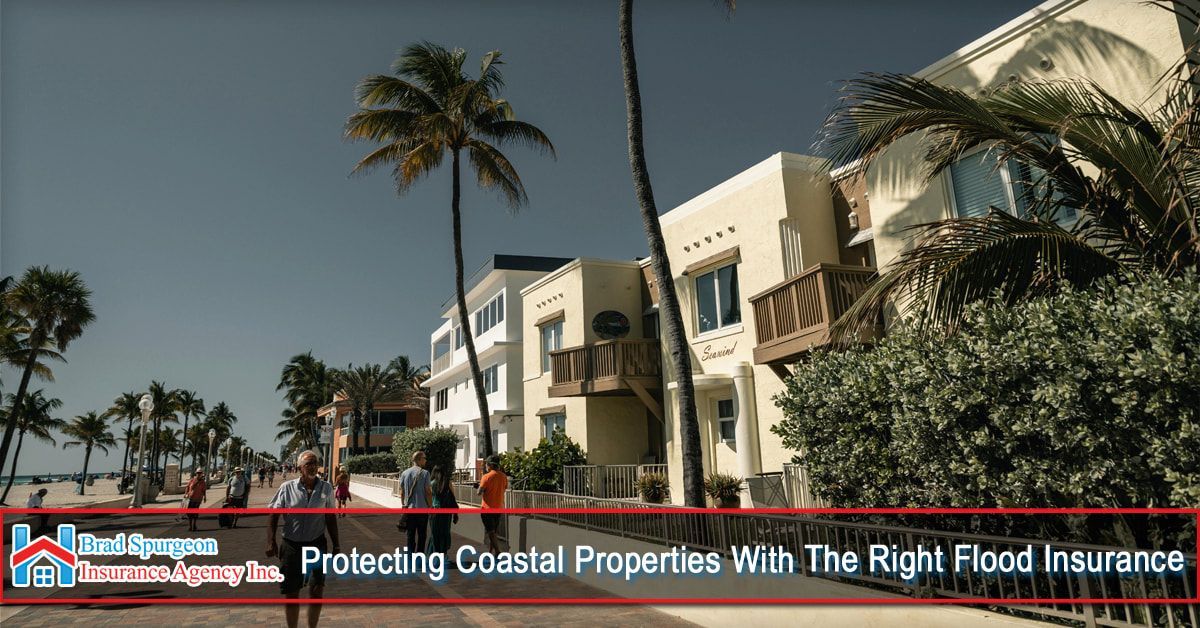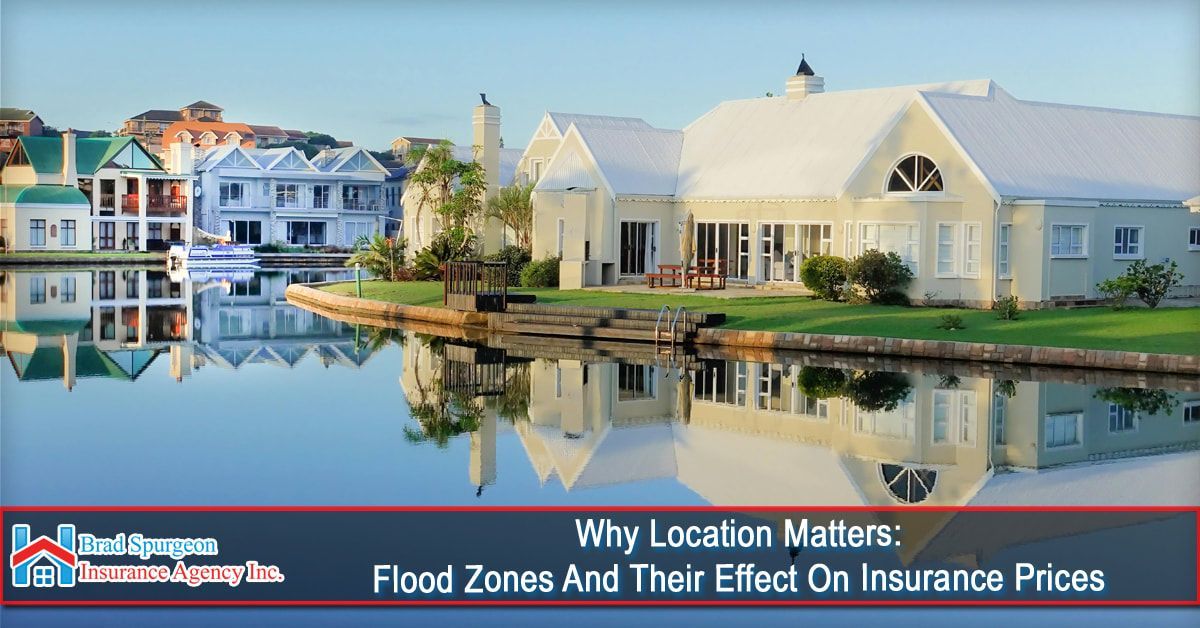When it comes to purchasing flood insurance, location is one of the most important factors that can influence your premiums. While you may be familiar with the need for home insurance to protect against fire, theft, and other risks, flood insurance is often overlooked. However, in areas where floods are a frequent concern, understanding flood zones and how they affect insurance prices is crucial for homeowners.
In this article, we’ll explore the concept of flood zones, how they are determined, and why they play a significant role in shaping the cost of your flood insurance premiums.
Flood zones are geographic areas that the Federal Emergency Management Agency (FEMA) designates based on the likelihood of flooding. These zones are determined by a variety of factors, including historical flood data, the elevation of the land, proximity to bodies of water, and other environmental variables. FEMA maps flood-prone areas across the country, categorizing them based on their risk levels. These maps are used by insurance companies to determine the level of risk associated with a property, which directly impacts the cost of flood insurance.
FEMA divides flood zones into several categories, but the most important for homeowners to understand are:
- Zone A – Areas with a 1% or greater chance of flooding each year (also known as the "100-year flood zone").
- Zone V – Coastal areas subject to storm surges and waves, with a high risk of flooding.
- Zone B and Zone X (shaded) : Areas that are at moderate risk of flooding. Properties in these zones are less likely to experience significant flood damage but are still at risk during extreme events.
- Zone C and Zone X (unshaded) : Areas considered low risk, with a less than 0.2% chance of flooding annually.
Location directly affects flood insurance prices because areas with higher flood risks require more extensive coverage to protect homeowners from potential losses. The risk of flood damage in high-risk zones is significantly higher, which increases the likelihood that insurance companies will need to pay out claims. As a result, homeowners in these areas will face higher premiums compared to those in moderate or low-risk zones.
Here’s why location impacts your premiums:
- High-Risk Flood Zones:
In areas where flooding is common, insurance companies must prepare for the increased likelihood of paying out claims. These areas include coastal regions, riversides, and floodplains. As a result, flood insurance premiums are higher in these zones. Homeowners in zones like Zone A or Zone V will often pay more due to the higher probability of flooding. For example, homes located in or near areas prone to hurricanes or heavy rainfall are at a much higher risk of flooding than homes further inland or at a higher elevation.
- Low-Risk Zones: If your home is located in a lower-risk area, such as Zone X, the chances of flooding are significantly reduced. Insurance premiums in these areas tend to be much lower because the likelihood of a flood occurring is minimal. However, it’s important to note that no area is completely safe from floods, as weather patterns and environmental factors can change, increasing the risk even in moderate or low-risk zones.
Homes located in low-lying areas or near water bodies like rivers, lakes, or oceans are more vulnerable to flooding. Flood zones are designed to account for these factors by assigning higher risk to properties situated at lower elevations or those close to bodies of water. Flood insurance premiums will naturally reflect the increased risk these properties face. Elevation certificates are often used to help determine the precise risk level for homes, influencing the cost of insurance.
Areas with a history of frequent flooding or recent flood events are considered higher risk, which can significantly increase the cost of flood insurance. For instance, if your home is located in an area that has experienced several major floods in recent decades, insurance providers will factor in this history when determining premiums. On the other hand, homes in areas with little or no flood history will likely benefit from lower insurance costs.
In high-risk flood zones, the government often mandates that homeowners purchase flood insurance, especially if they have a mortgage with a federally-backed loan. These requirements ensure that the property is protected from potential flood damage, but they also contribute to higher premiums. In contrast, homeowners in lower-risk areas may not be required to carry flood insurance, which can keep their costs lower, though optional flood coverage may still be offered at more affordable rates.
FEMA periodically updates flood maps to reflect changes in flood risks. If your property is reclassified into a higher-risk zone, you could face a significant increase in your flood insurance premiums. This is why it's important to stay informed about FEMA’s flood map updates and take proactive steps to protect your property. Conversely, if your property is downgraded to a lower-risk zone, you might see a decrease in your premiums.
Although location plays a big role in determining your flood insurance premiums, there are still ways to reduce costs, even if you live in a high-risk zone:
- Elevate Your Home
One of the most effective ways to lower flood insurance premiums is by elevating your home above the base flood elevation (BFE). If your home is in a high-risk area, elevating the structure reduces the likelihood of flooding and damage. This can also lower your premium costs significantly. - Flood-Proof Your Home
Implementing flood-proofing measures, such as installing sump pumps, sealing foundations, and using flood-resistant materials, can help reduce your risk of damage. Some insurance providers may offer discounts for these improvements. - Consider a Higher Deductible
Increasing your deductible can lower your premium, but this comes with the trade-off of having to pay more out-of-pocket if a flood occurs. Carefully weigh your financial ability to cover a higher deductible before making this decision. - Look for Discounts
Many insurers offer discounts for bundling flood insurance with other types of coverage, such as homeowners insurance. Additionally, there may be discounts for homes with certain flood mitigation measures in place or for properties located further from water.
Understanding flood zones and how they impact flood insurance prices is essential for homeowners looking to protect their property from the potentially devastating effects of flooding. If you live in a high-risk zone, the importance of having comprehensive flood insurance cannot be overstated. However, even in lower-risk zones, flood insurance can provide peace of mind, especially as weather patterns and flood risks continue to evolve.
Take the time to assess your location, understand your flood risk, and explore ways to lower your premiums through mitigation efforts or discounts. By staying informed and prepared, you can ensure that you have the right coverage at the best price, protecting your home and your financial future from the risks of flooding.
At Brad Spurgeon Insurance Agency Inc., we aim to provide comprehensive insurance policies that make your life easier. We want to help you get insurance that fits your needs. You can get more information about our products and services by calling our agency at (409) 945-4746. Get your free quote today by CLICKING HERE.
Disclaimer: The information presented in this blog is intended for informational purposes only and should not be considered as professional advice. It is crucial to consult with a qualified insurance agent or professional for personalized advice tailored to your specific circumstances. They can provide expert guidance and help you make informed decisions regarding your insurance needs.
